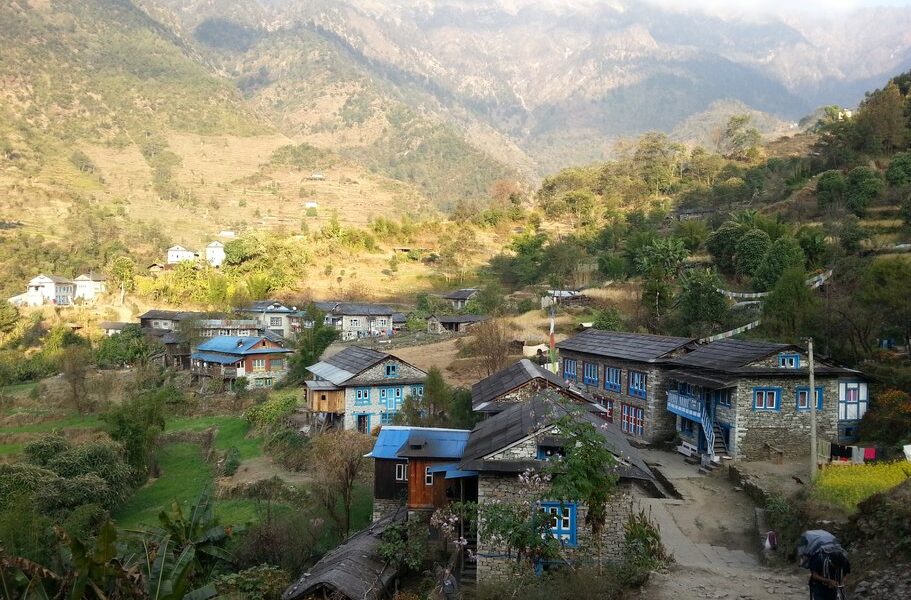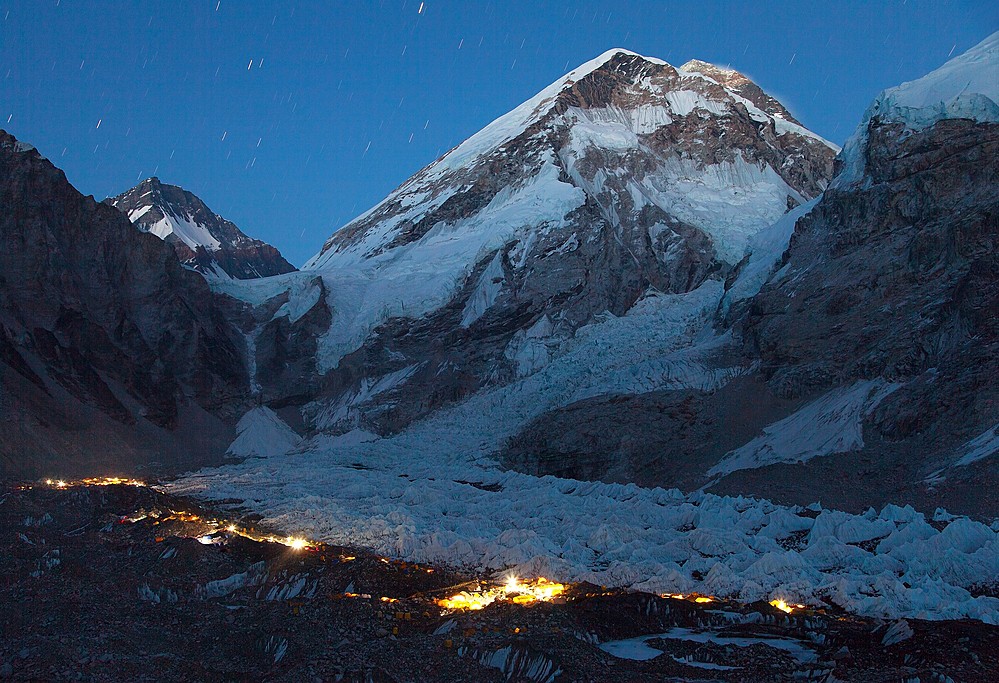
The classic trek route from Lukla to Everest Base Camp is beautiful but has become quite crowded and over-developed. Here are some highly recommended alternatives that take you off the beaten path and let you experience Mt Everest in ways that few people do.
## #1 Embark on an Unconventional Journey
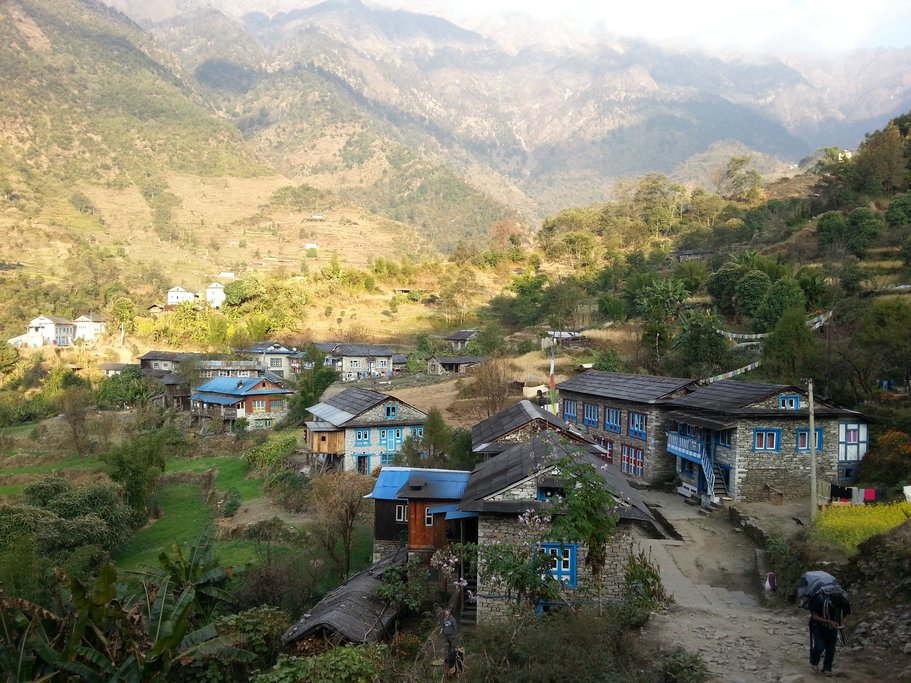
The overwhelming majority of trekkers setting their sights on Everest Base Camp, or “EBC” as it is commonly known, in Nepal, opt for the well-trodden path. This often involves flying into the bustling airstrip of Lukla and then dutifully following the standard trail that winds its way through the picturesque yet often crowded landscapes towards Namche Bazaar. While completely avoiding fellow travelers on any section of your Everest Base Camp trek is simply impossible due to the convergence of routes on the final leg of the journey, the good news is that numerous alternative routes exist. These pathways present the opportunity to discover more secluded trails and experience a different facet of this breathtaking region. Embrace the spirit of adventure and consider veering off the beaten track to discover the hidden gems of the Everest region. The conventional route may be popular, but the unconventional route offers a richer, more personal experience.
### Immerse Yourself in Solitude: Camping Under the Himalayan Stars
The Everest Region boasts an exceptional network of comfortable and welcoming lodges, and leveraging these establishments for the majority of your trek is highly recommended for a comfortable and convenient experience. However, to truly venture into those secluded corners of the region, the ones inaccessible when solely relying on the main trails, consider the allure of spending a night or two immersed in the wilderness, camping under the vast Himalayan sky. Understandably, the logistics of camping in this challenging environment can be intricate, requiring careful planning and preparation. Collaborating with a local specialist to handle the intricate details is a wise decision, allowing you to fully embrace the experience.
### Explore the Verdant Beauty of the Lower Solukhumbu
Trekkers who choose to fly directly into Lukla inadvertently miss out on experiencing the captivating beauty of the Lower Solukhumbu region. They are whisked away over it and land closer to the towering mountain peaks, but miss the foothills. To truly appreciate this amazing part of Nepal, nestled within the majestic Himalayan foothills, consider embarking on a jeep journey from the vibrant city of Kathmandu to trailheads located in the villages of Bhandar or Salleri. Another option is to take a flight to Phaplu, initiating your trek from there. Each of these options provides the chance to revel in the lush valleys, explore quaint Sherpa villages, and immerse yourself in the spiritual atmosphere of ancient Tibetan monasteries. Taking the road less travelled will let you discover the verdant beauty of this region.
It’s worth noting that opting for these routes will necessitate a greater time commitment. Expect to add approximately six extra days if starting from Bhandar, and around four additional days if commencing from Salleri or Phaplu, before eventually merging with the main EBC trail near Lukla. However, if time permits, consider incorporating side trips to Pikey Peak and Dudh Kunda, both of which promise extraordinary off-the-beaten-path experiences that will enrich your journey immeasurably.
### Elevate Your Adventure: Combining with the Gokyo Lakes or The Three Passes Trek
Increasingly sought-after, yet still offering a relatively less crowded experience compared to the standard EBC Trek, are the exhilarating variations of the Gokyo Lakes trek and the challenging Three Passes Trek. The initial segments of these treks mirror the EBC trek, unless you choose to incorporate other variations as described in this guide. However, beyond Namche Bazaar, these routes diverge from the main EBC trail, leading you into adjacent valleys and over formidable high passes, ultimately reconnecting with the EBC trail closer to Base Camp. These combined routes offer a grander experience, encompassing more views and vistas.
### Embark on an Extreme Adventure: Trek via Hinku Valley and Mera Peak over Amphu Lapcha Pass
For the adventurous souls seeking an incredibly remote and rewarding experience, the trek through Hinku Valley and over the Amphu Lapcha Pass presents an unparalleled challenge. This trek is certainly not for the faint of heart, as it involves traversing two uninhabited valleys and conquering the formidable 5800m / 19,000 ft Amphu Lapcha pass. Completing this demanding trek requires approximately three weeks, and necessitates camping along the way, adding complexity to the logistics. Several local trekking companies specialize in facilitating this specific route.
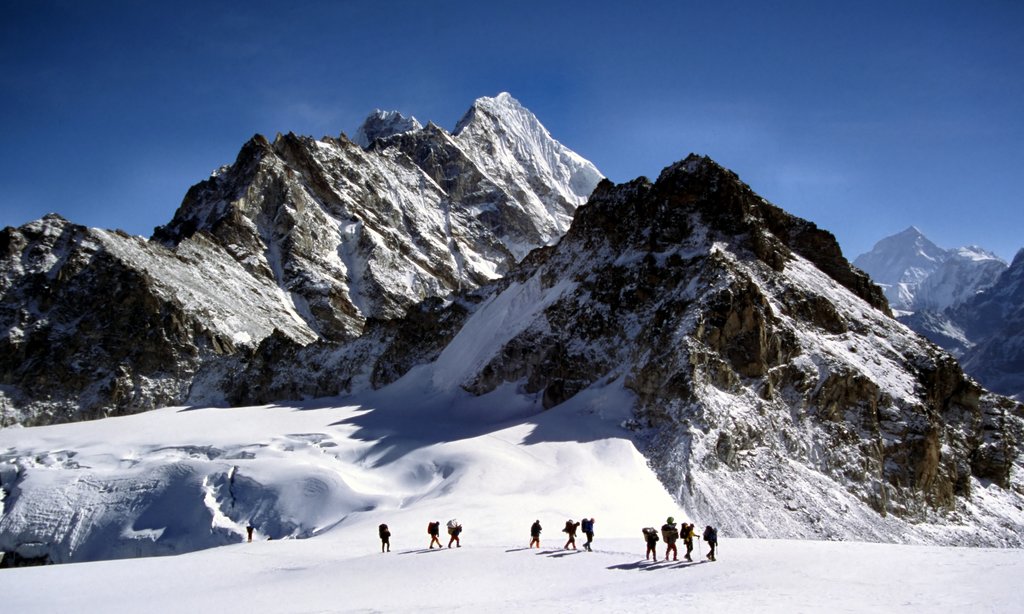
This route traverses near two renowned “trekking peaks,” Mera Peak (6476m / 21,247 ft) and Island Peak (6189m / 20,305 ft), both of which offer opportunities for climbing for those with the appropriate permits, equipment, stamina, skills, and additional days to spare. Eventually, you will rejoin the main EBC trail just two days before reaching base camp. By this point, you will be exceptionally well-acclimated, allowing you to effortlessly surpass other trekkers who are struggling to ascend the standard route.
When meticulously combined with the hike-in from Lower Solukhumbu and the hike-out via Gokyo and the Renjo La (following the Three Passes Trek), you unlock the ultimate four-week itinerary, offering an unparalleled immersion into the wonders of the Everest Region. This extended journey provides a comprehensive exploration of the area, encompassing diverse landscapes, cultural encounters, and unforgettable experiences.
## #2 Embrace Alternative Modes of Transportation
If traditional hiking doesn’t resonate with your preferences, or if you simply desire to add variety to your journey, consider exploring alternative modes of transportation that can transport you to EBC. This opens up new avenues for experiencing the Everest region, catering to diverse interests and physical abilities.
### Soar Above the Himalayas: Utilizing Helicopters
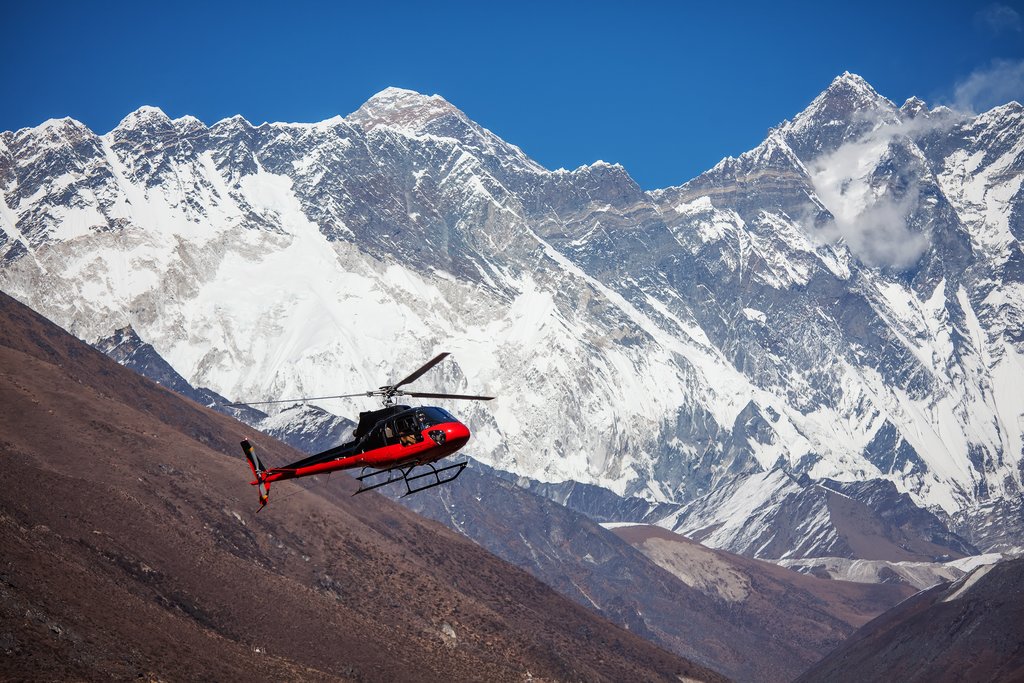
For those with limited time but a generous budget, combining a helicopter ride with a trek can be an exceptional way to witness breathtaking close-up views of Everest. Some adventurers opt for a full helicopter flight from Kathmandu to EBC and back, but a more common and slightly more affordable approach involves trekking a portion of the way and then taking a helicopter from Namche or Thame to EBC and back. You might even bypass the return hike by flying back to Lukla, where you can then catch your domestic flight back to Kathmandu. Utilizing helicopter travel allows you to experience the grandeur of Everest from a unique perspective, all while optimizing your time.
### Exploring on Two Wheels: Motorcycle or Mountain Bike
While the idea of conquering the trails around Mt. Everest on two wheels might seem appealing, it’s important to note that motorcycles and mountain bikes are generally not recommended (or even permitted, depending on the ever-changing regulations) within Sagarmatha National Park, which lies on the Nepal side of Mt Everest. However, if you’re determined to experience the thrill of riding while enjoying breathtaking views of Mt Everest, you have a few options to consider.
On the Nepal side, you can ride your mountain bike up to Pikey Peak. Although situated further away from Everest, it still offers stunning and expansive views of Everest and other majestic mountains. Alternatively, on your motorcycle, you can explore the winding mountain roads leading to the trailheads in Sallerie and Bhandar. These roads offer scenic routes, but you won’t be able to see Everest from your bike on these routes.
For an even more adventurous experience, consider venturing into Tibet and riding all the way to the Tibetan Everest Basecamp. This can be accomplished by both motorcycle and mountain bike, offering a unique and unforgettable way to witness the towering peak.
## #3 Indulge in Luxurious Comfort: Staying at Higher-End Lodges
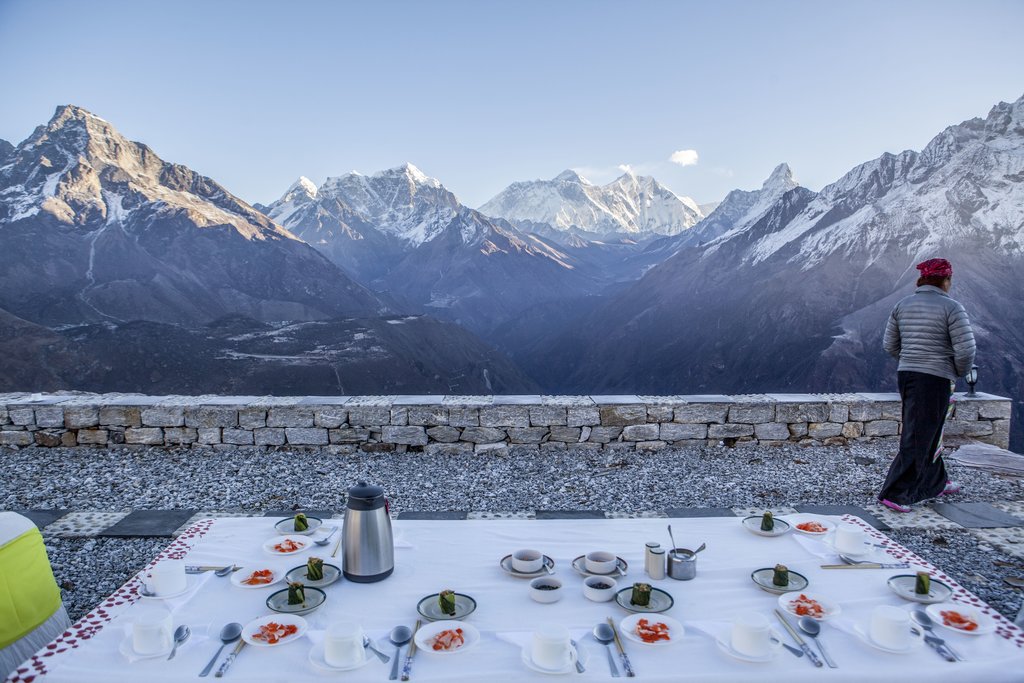
The majority of trekkers opt to stay in standard lodges, often referred to as teahouses. These establishments are generally clean and cozy, providing a comfortable and convenient base for your trek. They also serve as excellent hubs for socializing with fellow trekkers, creating a sense of camaraderie and shared experience. However, if you prioritize enhanced comfort and perhaps even a touch of luxury, consider staying in more upscale lodges, such as Yeti Mountain Home. These establishments offer a higher level of service, amenities, and overall comfort, allowing you to relax and rejuvenate after a long day on the trails.
Alternatively, you can also choose to stay in tents, which might initially conjure up images of “roughing it.” However, Nepal-style camping treks are more akin to “glamping” – glamorous camping. All equipment and food are typically carried by porters, and your camp will be fully set up by a dedicated staff. A skilled cooking team will prepare delicious meals, ensuring a comfortable and enjoyable camping experience. This option allows you to immerse yourself in the natural surroundings without sacrificing comfort and convenience.
## #4 Discover the “Other” Everest Base Camps
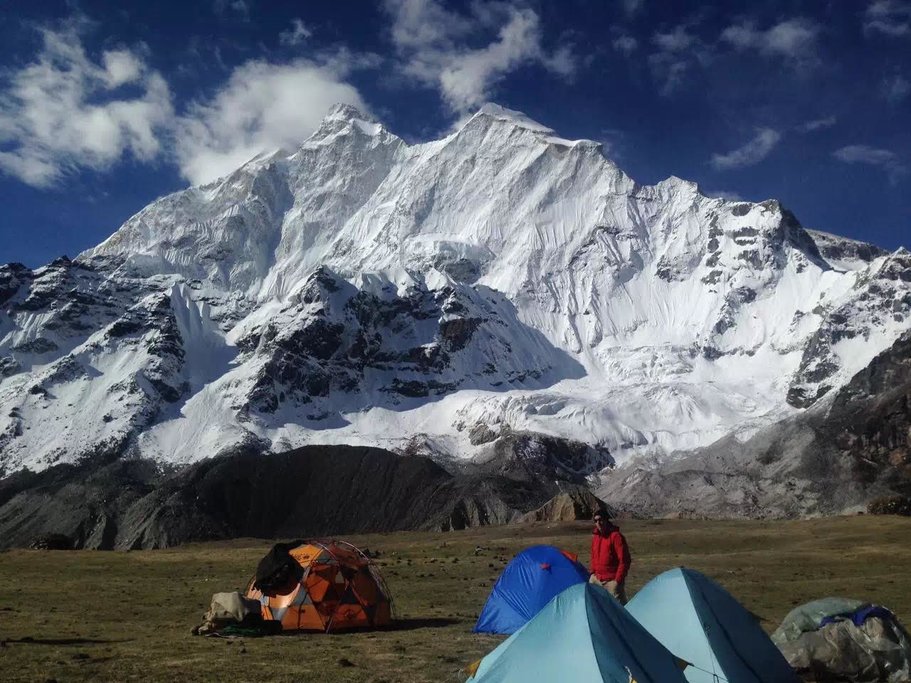
When most people mention Everest Base Camp, they are typically referring to the one located in Nepal, nestled below the imposing Khumbu Icefall. However, it’s worth noting that there are actually two additional Everest Base Camps situated in Tibet, to the north of Mt Everest. Expanding your understanding to include these less-known base camps adds another dimension to your Everest experience.
The second popular base camp, often utilized by climbers attempting to summit Everest via the North Col route, is located in Tibet. Interestingly, there are actually two base camps associated with this route: one is referred to as simply “Everest Base Camp,” while the other is known as “Advanced Base Camp.” Adding to the complexity, there is yet another base camp on the North side in Tibet, nestled in the Kangshung valley, beneath the towering east face of Mt Everest. This base camp is rarely used by climbers due to the daunting and dangerous nature of climbing the Kangshung Face (which has only been successfully summited twice). However, it is a somewhat more popular destination for trekking groups, although chances are high that you will have the valley all to yourself and your group, offering an unparalleled sense of solitude and immersion in the raw beauty of the Himalayas.
## Making the Most of Your Everest Base Camp Trek
As this comprehensive guide has illustrated, there are countless ways to customize your Everest Base Camp experience. Depending on your individual preferences, available time, and budgetary constraints, numerous possibilities exist to create a truly memorable and fulfilling journey. The Everest region offers a tapestry of experiences that cater to diverse tastes and aspirations.
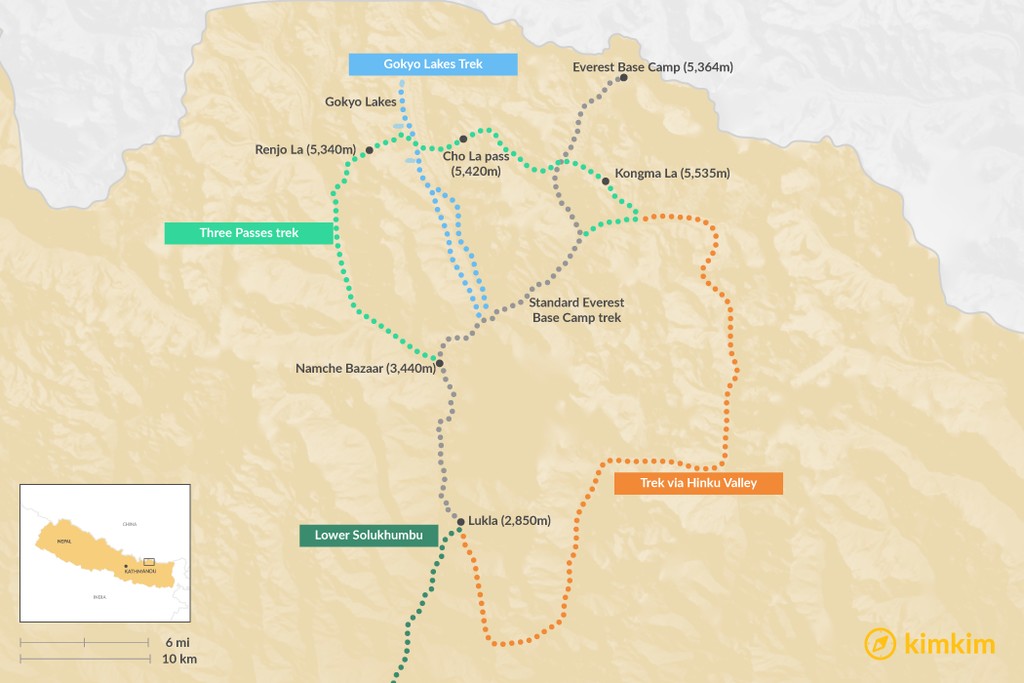
B-1794

